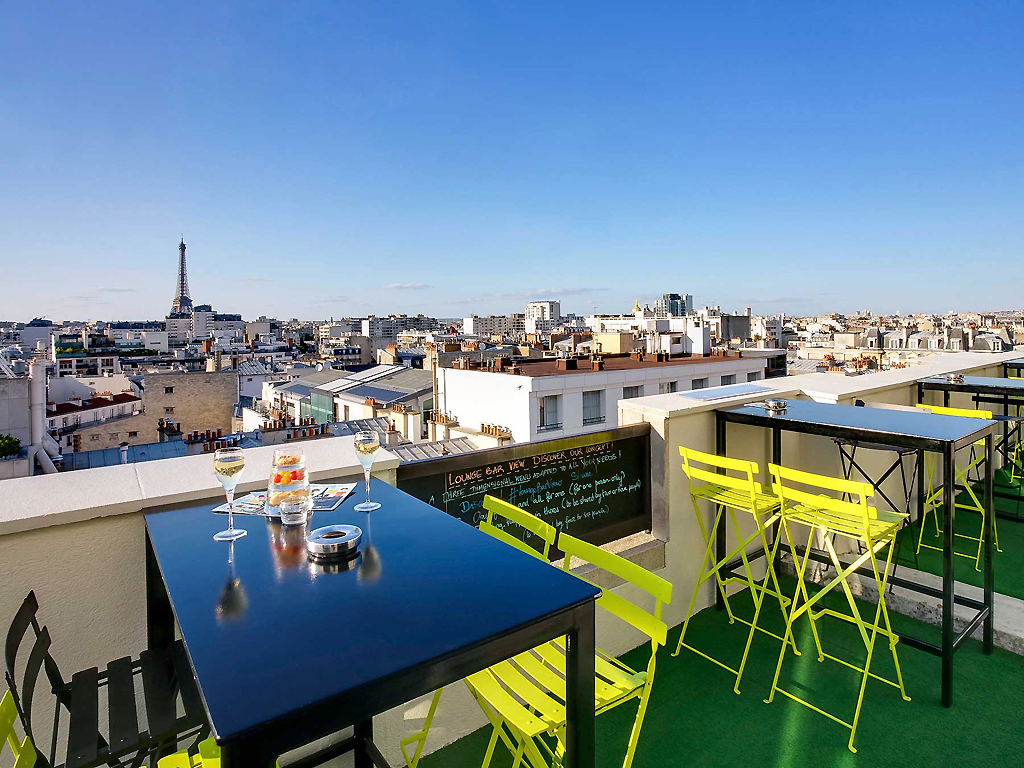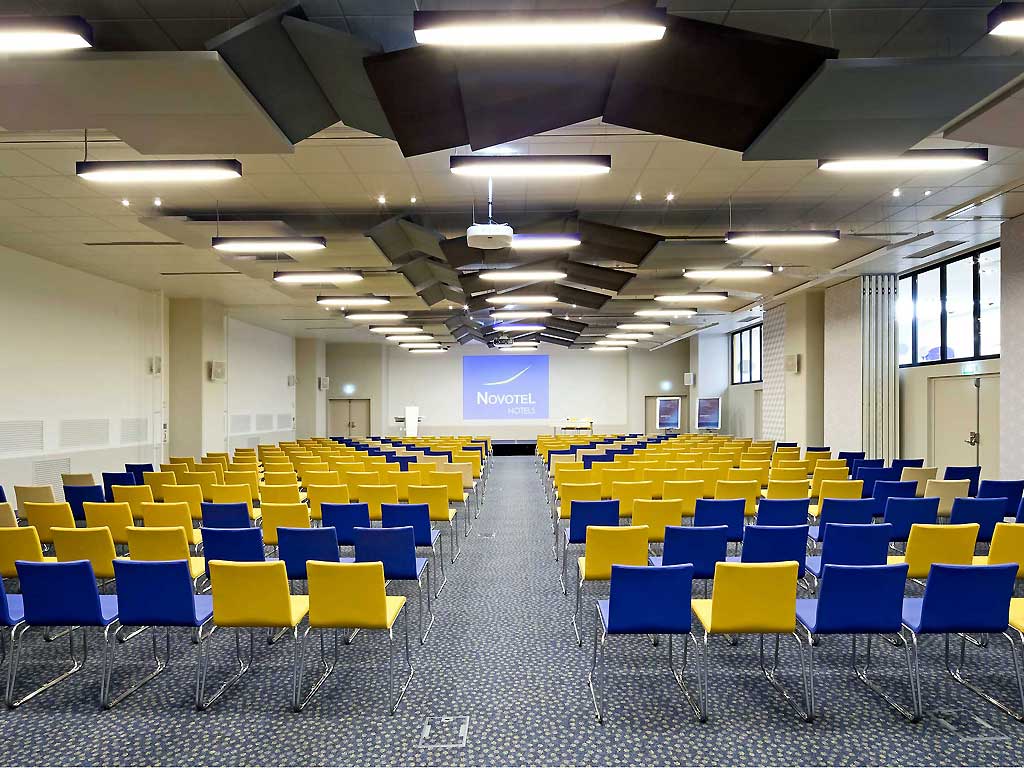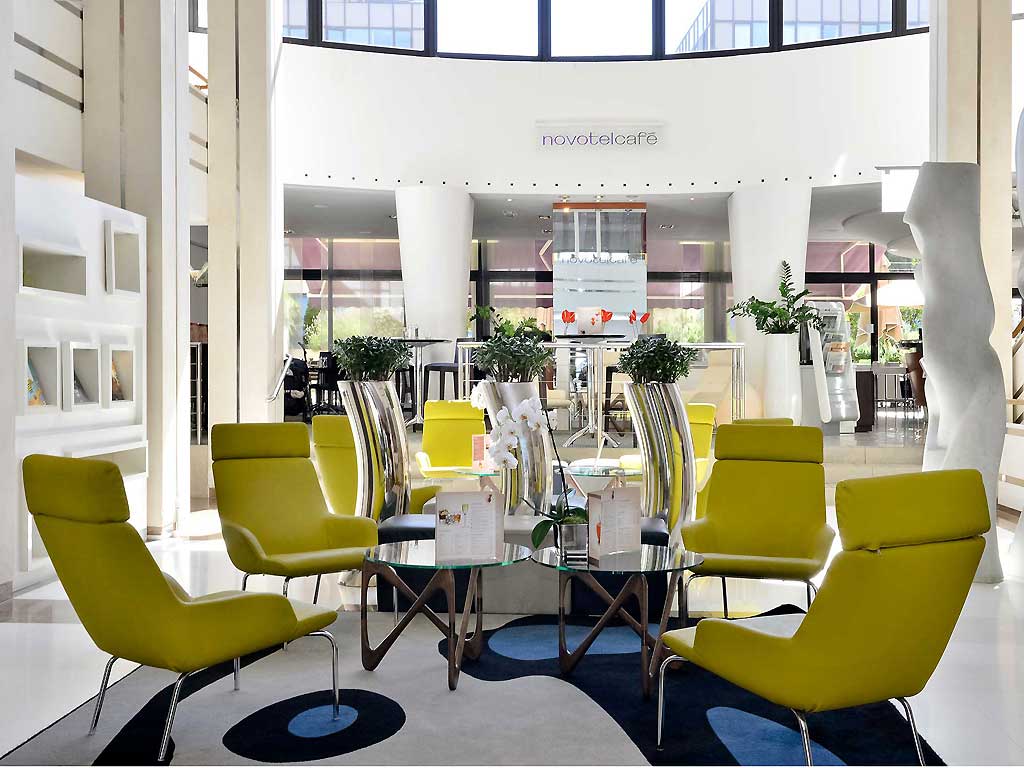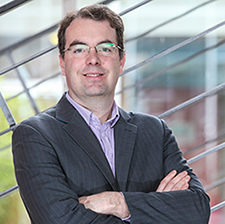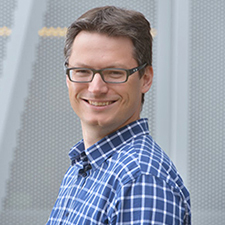Stéphane Lacrampe, Obeo
With an engineering background, Stéphane Lacrampe boasts more than 15 years' professional experience.In the past, he has been CTO of a London-based start-up and today he is at the helm of Obeo as its president.
Co-founder of Obeo, he is responsible, in particular, for business development.
Stéphane Bonnet, Thales
PhD in Software Engineering.
Development of the Thales modeling workbench for system and software engineering (widely used across several Thales divisions for critical operational projects in different domains: space, avionics, air traffic management, communications, transportation solutions, etc).
- Project manager (2005-2012)
- Design authority
Deployment of model-driven solutions in several Thales business units:
- Coordination of operational deployment efforts (international)
- Methodological coaching, training, evangelization
- System and software engineering: Architecture modeling, requirements management, IVV management, articulation system-software, product line.
Industrial application of model-driven technologies, transfer between applied research and operational solutions, team & project management
Arjan Mooij, Embedded Systems Innovation by TNO
Arjan Mooij is a research fellow at the "Embedded Systems Innovation" (ESI) research group of TNO (The Netherlands), where he focuses on model-based software construction. His research interests include modeling, formal methods and software technology (including Domain Specific Languages). In his research projects he collaborates with industrial partners such as Thales, FEI and Philips Healthcare.
Before joining ESI, Arjan worked for several years as an academic researcher, at the School of Computer Science in the University of Nottingham (UK), and at the Department of Mathematics and Computer Science in Eindhoven University of Technology (The Netherlands).
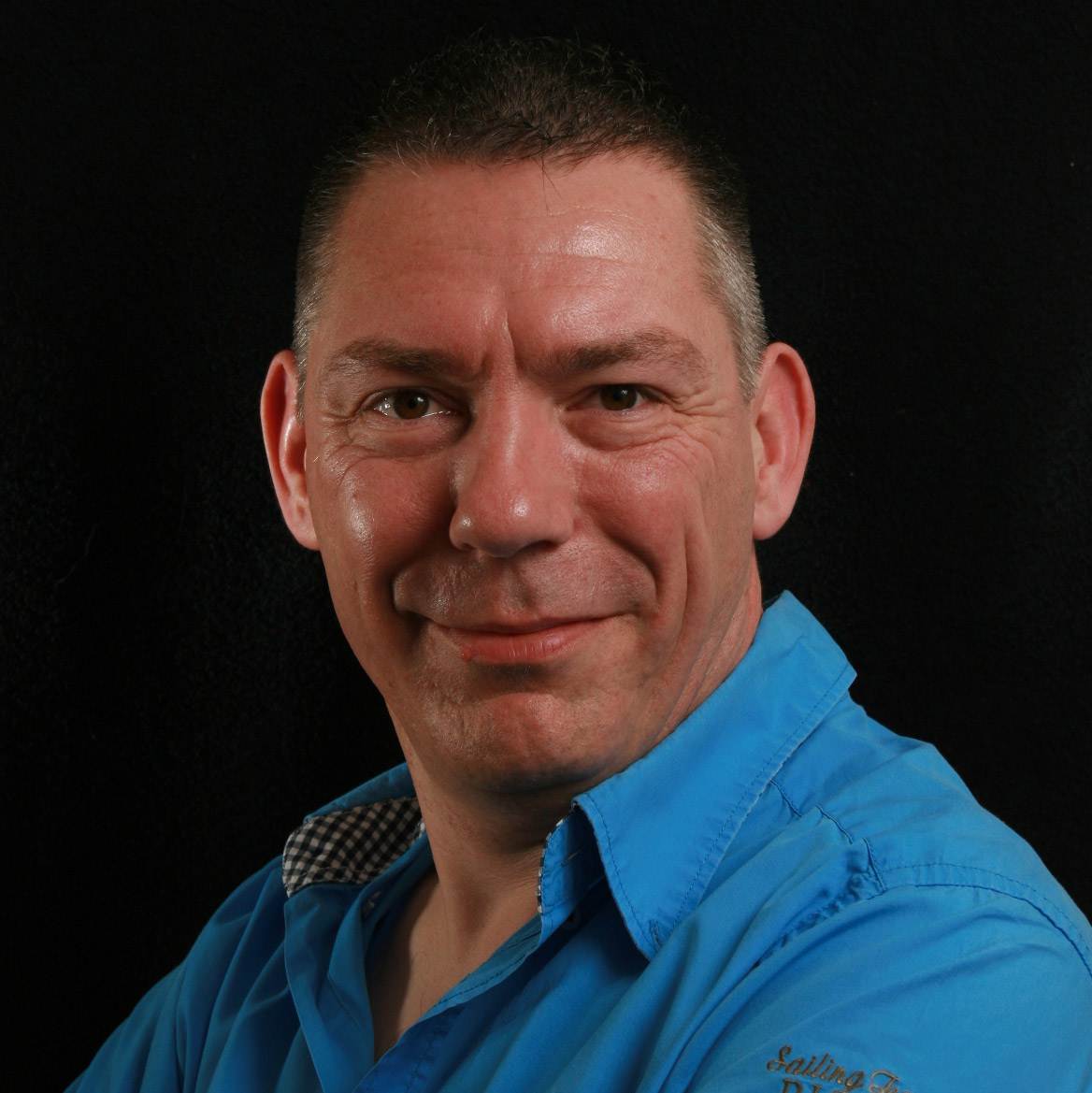
Wilbert Alberts, ASML
In 1998, Wilbert Alberts received a PhD from Eindhoven University of Technology. The topic of his PhD was the development of an execution environment for Chi, a system specification formalism that is used to analyze all kind of job shop based systems.
After that, he started as a SW engineer at ASML, a company that makes lithography systems that are used in the semiconductor industry. These systems are faced with the challenge to project images at a specific location within very tight tolerances which requires precise synchronization of various subsystems.
Wilbert both designed and developed the framework responsible for that task. During this project, Wilbert recognized the importance of carefully defining the specific concepts needed to solve a particular task.
As a result, Domain Specific Languages grabbed his attention and by now he has designed and developed quite some DSLs. Frameworks like Eclipse EMF, Xtext and Sirius are tools he uses and appreciates in his daily work.
Outside his daily work, Wilbert likes to make music either by playing the keyboard or by singing popular music in a choir. Needless to say, the repertoire of the choir is maintained using a DSL.
Alberto Hernandez, Cátedra SAES,University of Murcia
Alberto is a member of the Cátedra SAES team since 2014. He works on topics such as Model-Driven Engineering, automatic code generation and data visualization. He got his M.Sc. on New Technologies in Computer Science specialized in Software Technologies from the University of Murcia. Now he is starting his research career focusing his efforts on learning everything related to NoSQL databases, the cluster infrastructure beneath it and Big Data storage.
Ludovic Louis-Sidney, EDF
PLM IS Method and Processes
Julien Champeau, EDF
PLM IS Architect
Misha Strittmatter, Karlsruhe Institute of Technology
Misha Strittmatter is a researcher of computer science at the Karlsruhe Institute of Technology (KIT). His research interests are metamodeling, software architecture and model-driven techniques. He currently writes his PhD thesis about modularity and maintainability of metamodels.
Andreas Jung, European Space Agency
Andreas Jung is a system software engineer at the European Space Agency, responsible for initiating and leading Research and Development activities in the field of the On-board Software Reference Architecture, Model-driven engineering and Component based software development, as well as providing technical support to satellite projects currently under development in ESA. Andreas has a PhD in Physics and was working in the Automotive industry before joined ESA 10 years ago.
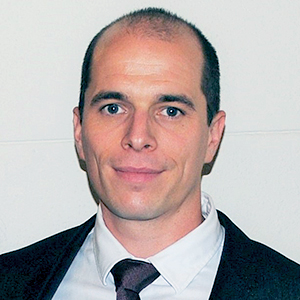
Ákos Horváth, IncQuery Labs
Ákos Horváth received both his MSc in Computer Engineering and his PhD in Software engineering from the Budapest University of Technology and Economics.
He is an accomplished researcher with strong background on the application of model-driven technologies for the design and optimization of complex systems
with more than 40 peer-reviewed papers and several IEEE/Springer best paper awards under his belt.
Since 2006, he is a regular participant of European Union research projects such as SENSORIA, DIANA and CONCERTO and large-scale industrial projects with companies such as
Embraer, IBM or Ericsson. With more than 6 years in the avionics domain, he gathered significant experience in certification processes (such as DO-178B/C) and long-term
traceability techniques. Additionally, as a distinguishing achievement, Ákos was part of the Progile team, which has won the Supply Chain Technology Award at the 2012 European
Supply Chain & Logistic Summit for realizing an optimization approach for the IBM data storage server production at Vác.
He is a long-time contributor of Eclipse open source projects, serving as one of the architect of the VIATRA model transformation platform and the EMF-IncQuery model query framework. He is a skilled trainer and consultant in software development, model-driven development and Eclipse technologies.
Cédric Brun
Cedric leads the EcoreTools and Amalgamation components, maintains the Modeling Package, is commiter on several Eclipse projects (Sirius, Acceleo, Mylyn),
and is a member of the Architecture Council, Planning Council and the Modeling PMC.
He also is the CTO of Obeo, building a broad range of products, from software modernization to enterprise architecture and software factories.
Mélanie Bats, Obeo
Mélanie works as a software developer at Obeo. In her daily work, she is mainly focused on the development of modeling tools with Sirius (UML Designer/SysML Designer).
In her free time she is interested in Arduino stuff and contributes some Eclipse plugins for cross compilation. She is also a free software activist who has organized
and participated in free software events in the Toulouse area.
Stéphane Bégaudeau, Obeo
Stephane Begaudeau graduated from the Nantes University of Sciences and Technology and is currently working as an Eclipse Modeling consultant at Obeo in France.
Frédéric Madiot, Obeo
Frederic is Marketing and Products Manager at Obeo. He has 20 years of experience in developing model-driven tools to industrialize the development of new applications
and the modernization of existing systems.
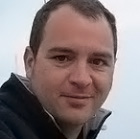
Romain Guider, Obeo
As a software engineer at Obeo since 2010, I've been working on projects around business rules, DSLs and reverse engineering. All my activities at Obeo involve EMF and Eclipse.
Before that, I worked for 6+ years at Sun Microsystems on the Sun Java Real Time System which is a real-time derivative of Java SE. There, I mainly concentrated on making the JIT compiler of the hotspot JVM realtime friendly.
Before being at Sun, I've spent three years in the Silicomp Research Institute (former The opengroup research institute) working on a java bytecode to C compiler for critical realtime systems.
Last, I started all this as a PhD student at INRIA working on static analysis algorithms, especially algorithms applied to the java programming language.
During these years, I gave several talks in international academic conferences (ISORC05, EMSOFT02, FMOODS00) and a french conference (a talk at Solution Linux/Open Source 2008 about porting the Java Realtime System on Realtime Linux)
Loredana Chituc, Obeo
Loredana is graphic designer and webmaster at Obeo. In addition to her main job which consists in producing nice visuals for Obeo's websites and communication materials,
she regularly puts her artistic and digital skills to improve the user experience of the solutions developped by Obeo's project teams.
Goulwen Le Fur, Obeo
Goulwen Le Fur is a Presales consultant at Obeo for 10 years. He managed and realized operational projects during 5 years before joining the
Obeo's presales team. Now he assists Obeo clients from the preliminary phases to the first operational steps of their projects.
Étienne Juliot
With a Master's degree in software architecture from the University of Nantes, Étienne Juliot has more than 12 years' experience in the field of software engineering and MDE.
Co-founder of Obeo, he is currently vice-president of the company with specific responsibility for international development.
Very involved in several Open Source communities such as Eclipse and PolarSys, he lectures all over the world and is a member of the Eclipse Foundation's board of directors.
Capella Team: Live Collaborative Modeling with Sirius
10h05 - 10h35
Sirius is the foundation of Capella, an open source modeling workbench now massively deployed and used.
After an introduction providing an onverview of how Sirius and Capella developments are organized, this talk describes (and demonstrates) how multi-user is implemented in Capella and Sirius.
Slides
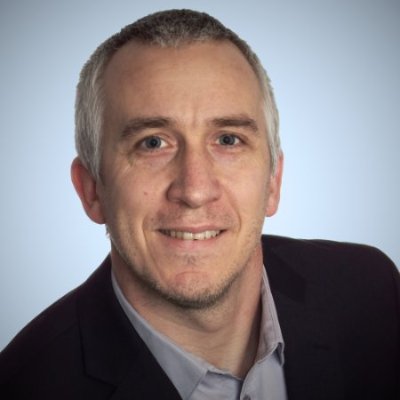
Stéphane Bonnet
Integrating Textual and Graphical Editing in the POOSL IDE
10h05 - 10h35
We present our Eclipse-based IDE for POOSL (Parallel Object-Oriented Specification Language), which is an expressive industry-proven modelling language with a formal semantics to describe both structure and concurrent, real-time and stochastic behavior; see http://poosl.esi.nl/. In this talk we focus in particular on the integration of textual (Xtext) and graphical (Sirius) editing. We discuss our experiences based on the challenges we have encountered, the design decisions we have made, and some open issues.
Slides
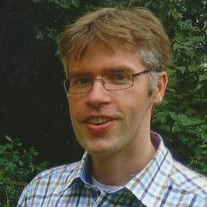
Arjan Mooij
ASML's MDE Going Sirius
10h40 - 11h10
ASML is the world's leading provider of lithography systems for the semiconductor industry. Such systems are controlled by more than 20 million lines of code. To improve the efficiency and quality of its software development process, ASML is using, amongst others, model-driven-engineering and associated tools and techniques.
Recently, subsystems are being developed according to an architecture pattern that separates Data, Control and Algorithms (DCA). To support this pattern, the ASML software architecture group is working towards a SW development environment (ASOME). This environment consists of a set of modeling languages, associated editors that allow specification of (sub)systems according to this DCA pattern. Furthermore, it contains model-to-model transformations to (COTS) analysis tools (e.g. model checkers) and model-to-text transformation to generate (parts of) the implementation.
In this presentation, I will briefly introduce ASML and the kind of (software) systems that we develop. Some aspects of the DCA architectural pattern, the languages that we are developing and the associated Sirius based editors, will be presented. For the Data part, a DSL and editor have been developed allowing the definition of various kinds of datatypes from which various kinds of repositories can be generated supporting clone based data or reference based data, modifiable and read-only entities etc. In order support the Control aspect; a language and editor have been defined that allow specification of interfaces and their realization based on state machines. A system editor allows decomposition of a system into subsystems while allowing delegation of incoming requests to internal parts. The editors are mostly Sirius based graphical editors, where the created models are persisted textually using XText.
The presentation will focus on sharing some of our experiences with both the development and deployment of products based on Sirius technology. Building the ASOME environment imposes many challenges and I would like to conclude with some that specifically target the development of the front ends of this environment.
Slides

Wilbert Alberts
Visualization of Inferred Versioned Schemas from NoSQL Databases
10h40 - 11h10
While the concept of database schema plays a central role in Relational Database systems, most NoSQL systems are schemaless: these databases are created without having to formally define its schema, that remains implicit in the stored data. This lack of schema definition offers a greater flexibility, but this comes at the cost of losing some of the benefits provided by schemas (such as type checking and integrity checking).
We use a MDE-based reverse engineering approach for inferring the schema of aggregate-oriented NoSQL databases was obtained. However, in the NoSQL context, the definition of a unique schema is not enough to accurately describe the stored data: different versions of the same object type coexist in the database, leading to different schema versions. In this talk we show a modeling transformation chain designed to obtain these schema versions from an input database, and a visualization tool for these schemas is defined using Sirius.
The visualization tool offers several viewpoints. The tree viewpoint allows the user to navigate between domain concepts such as Schema version, Entity, and Entity version. From this viewpoint it is possible to navigate to other diagrams such as the global schema viewpoint. Now for each inferred version schema, a couple of viewpoints are provided to analyze all the objects contained on the schema. Finally, a simple viewpoint is designed to inspect standalone Entities.
This is the basis of a future NoSQL Schema editor that will allow users to graphically perform database schema changes and database migration.
Slides
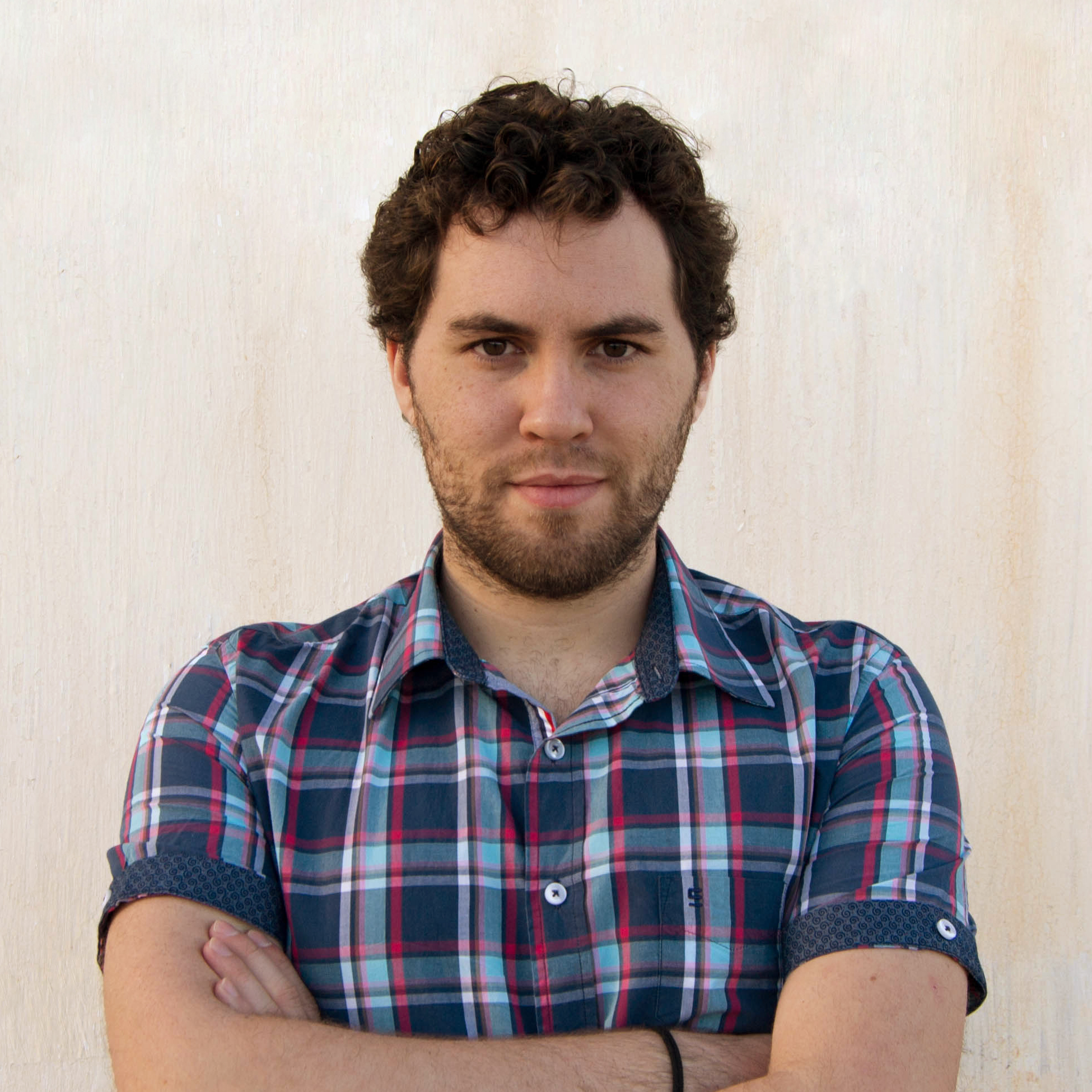
Alberto Hernandez
A Modelling Platform to Support Power Plant Life Cycle Management (PLM) for Nuclear Engineering - FRENCH
11h40 - 12h10
EDF nuclear Engineering is involved in a PLM approach partly based on the implementation of a data centric process.
This approach requires to control an important volume of technical data during the whole lifecycle of the nuclear power plant.
Usage of a collaborative modeling platform, aiming at processes and technical data elucidation, is a performance lever for Business analyst and Developers (improve functional specifications consistency, facilitate information system configuration).
Slides

Ludovic Louis-Sidney

Julien Champeau
Extensible Sirius Editors for the Palladio Component Model
11h40 - 12h10
Palladio is an approach for performance evaluation and design-time performance prediction for component-based software architectures.
An important part of the Palladio's tooling---the Palladio Bench---are its graphical editors. In contrast to rudimentary tree-based editors, they enable a more intuitive creation of models even for less experienced developers. However, the maintenance of the current GMF-based editors has become cumbersome, amongst others, because the requirement arose to support an increasing amount of new language features. Thus, we reimplemented the graphical editors using the Sirius editor framework.
In this talk, we will present the Palladio approach, the new Sirius-based editors as well as our experiences with the Sirius framework."
Slides
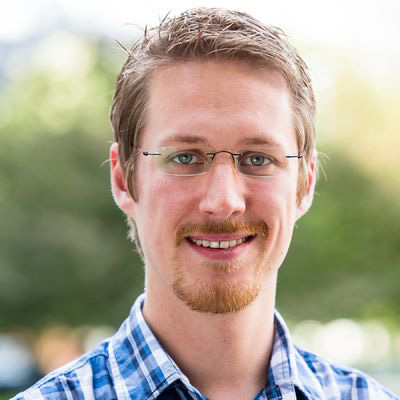
Misha Strittmatter
Modelling Spacecraft On-board Software with Sirius
12h15 - 12h45
The European Space Agency, together with industry, has lead an analysis into the issues faced by spacecraft software developers now and in the future, considering several aspects as for example raising complexity of the software, shorter development life cycles, etc. The analysis resulted in the development of an On-board Software Reference Architecture (OSRA) founded on the principles of component-based software engineering (CBSE) and strong separation of concerns.
A dedicated Domain Specific Language for the component model was developed, called Space Component Model (SCM), to allow the precise definition with clear semantical meaning, in particular considering the domain specific elements like observability and commandability of spacecrafts via Telemetry and Telecommand. The SCM was implemented as a meta-model in ecore. The R&D activity that have developed the OSRA and the SCM have also prototyped a graphical editor to experiment and test the complete approach, from modelling down to code generation for the target.
The original prototype of the graphical editor was based on Eclipse and Obeo Designer, which allowed very quick and simple prototyping of a graphical editor. Following the R&D activities, it was clear that an improved version of the editor, in terms of usability, is needed. An improvement activity has been started with Obeo, using now the open source version of Obeo Designer, namely Sirius. The intention was also to push Obeo's technology further to evaluate it for applicability in a commercial tool.
This talk will give a brief overview of the challenges of spacecraft software development, the needs for a graphical editor, present the results of the improvement activity, show the benefits of the Eclipse and Sirius frameworks and provide an overall evaluation.
Slides
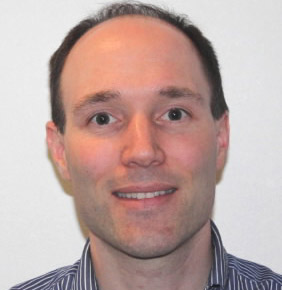
Andreas Jung
V for Visualization in Viatra: The Good-old Integration of Graphical and Textual Representations
12h15 - 12h45
As one of the enabler technology for many model-based tools (e.g., Capella, IncA, EMDW etc.) within the Eclipse platform and beyond. Viatra the unique reactive and event-driven model transformation platform has finally broken the barriers of its Xtext based textual specification language and now provides a full featured visual representation of its query definitions using Sirius.
Our talk focuses on the experience we have gained during the development of two different approaches for our visual representation. The first approach followed the traditional rule of thumb to have a separate Ecore metamodel specifically designed for the graphical representation while the second one focused on to reuse the Xtext-based metamodel and specify the editor directly on top of it. Within the talk, we aim to provide our answers and guidelines for the following questions:
- What level of reusability is possible from an Xtext based tooling for a Sirius based visualization, especially for model validation?
- Which parts of the Sirius editor specification become more complicated when using an Xtext based metamodel (e.g., model manipulation operations, navigation, traceability)?
- How to ensure the semantical equivalence of a textual and a graphical representation?
- How to handle the different editing strategies of Sirius and Xtext (transactional editing domains compared to complete reparsing)?
The result presented in this talk is the outcome of a cooperation between IncQuery Labs and Thales.
Slides

Akos Horvath
Sirius Roadmap
14h00 - 14h50
The Sirius 4.1 version available in the Eclipse Neon release brings a significant number of new features that empowers the developer to create impressive designers.
This new release represents countless hours of hard work encapsulated in both the Sirius and EEF projects.
During this talk, we’ll have a look at a handful of the new features available in this release:
- Diagram improvements : New extensible mechanism to customize the diagram tabbar, new specification possibilities for border nodes side, improved SVG images support
- Brand new Properties View description : Let Sirius automatically create default properties views for your designer or customize it as you do for other kinds of representations.
- Improved performance of the session unload
- Support for internationalization
- Leverage EMF.Edit customizations
And many more!
Come to this talk to learn about what the Sirius team is cooking for you and how you can use all these new features!
Slides
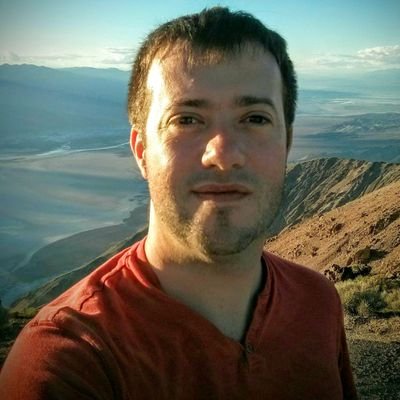
Cédric Brun
Let Me Sirius That for You: Properties Views
14h55 - 15h25
During this talk, we’ll have a look at a handful of the new possibilities offered by the brand new Properties View feature:
- Let Sirius automatically create default properties views for your designer
- Create a simple properties view description and customize it as you do for other kinds of representations thanks to the following widgets: label, text, text area, checkbox, radio, list, reference
- Use the new EMF.Edit customizations provided by Sirius
- Discover the power of the dynamic mappings to automatically create the properties view fields for the different types of elements used in your metamodels
- Understand how to provide filters and validation programmatically
- Learn how to contribute some custom widgets
And much more!
Come to this talk to learn about the new Sirius Properties View feature and how you can use it!
Slides
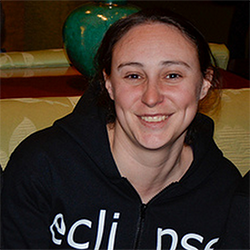
Mélanie Bats
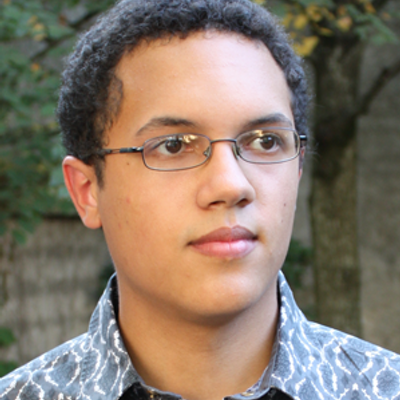
Stéphane Bégaudeau
Document Generation with M2Doc
15h30 - 16h00
Not everyone uses modeling tools and the awesome work one can do with these tools must be conveyed to the outside world, for instance, in the form of documents.
The M2Doc technology enables the generation of Office Open XML documents from Ecore models and Sirius representations.
The overall approach M2Doc implements consists in creating templates in the OOX format where static text authoring benefit from the WYSIWYG capabilities of the usual tools (e.g. Microsoft Word, Libre Office, Open Office). Dynamic parts are inserted using a dedicated vocabulary of OOX fields code. Fields are mainly used to insert page numbers, references, etc. M2Doc makes use them to describe documentation generation directives. This allows a total separation between the document and the M2Doc directives.
The template language makes an extensive use of the Acceleo Query Language which provides a full fledged, extensible model query language and engine.
In this talk, I will present the M2Doc technology and talk about the way it is integrated with Sirius.
Slides

Romain Guider
Embrace the Power of Design. Core Principles for Creating Effective Model Visualizations
16h30 - 17h00
Nowadays design is at the center of every business decision, as usability and problem solving are not enough to ensure user adoption: your solution must also be graphically delightful and pleasant to use.
This is particularly true for any graphical modeling tool created with Eclipse Sirius.
This 30 minutes talk is meant to be a concise guide throughout a set of structured and clear techniques for easily generating effective visual solutions to graphic modeling challenges.
You will learn ideas and principles that can be applied to any diagram, during the model representation building process, wherever image and text come together to convey a meaning.
After this walkthrough you will be an Effective Model Visualizations pro ;-)
Slides

Loredana Chituc
Let's Talk about Your Future Sirius Project
17h05 - 17h35
So here we are, you're convinced by the Sirius technology and you'll soon begin to create your modeling workbench with it. But wait... What are the next steps? Where should you start?
Don't panic, this session is here for you! During 30 minutes we will discuss about the way to realize your project and we will give you some
hints that we use at Obeo when we deploy Sirius for our clients. This session will cover the implementation aspects of a project (definition
of the domain model, specifications of the representations...) but also the project methodology applied by Obeo Teams with our clients (poc,
pilot, industrialization).
Slides
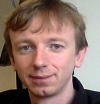
Goulwen Le Fur
Sirius Tutorial (Beginner)
14h55 - 16h00
During this tutorial you will learn and practice how to create a basic domain-specific graphical modeling workbench by using Eclipse Sirius :
- a diagram with custom nodes and edges to display model elements
- creation tools to populate your model with new objects and relations
Practical information:
To follow the tutorial, please come with a laptop on which you have downloaded:
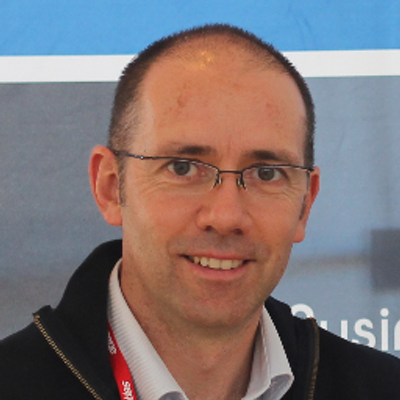
Frédéric Madiot
Sirius Tutorial (Advanced)
16h30 - 17h35
During this tutorial you will learn and practice how to use properties views to create custom and intuitive forms to edit model element's properties.
Practical information:
To follow the tutorial, please come with a laptop on which you have downloaded:

Frédéric Madiot
Sirius Clinic
Need to get feedback on your projects or solve your specific Sirius-related issues?
Take the opportunity to meet the Eclipse Sirius committers at the Sirius Clinic. Bring your laptop, and a list of questions. We'll do our best to help.
Space is limited, pre-registration is recommended. To book an appointment (30 mn slots), please send us an email to
siriuscon@obeosoft.com









